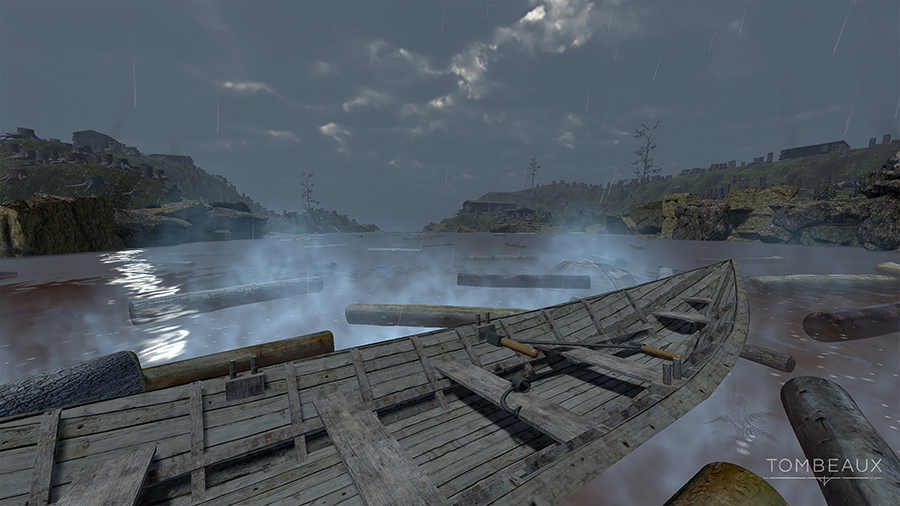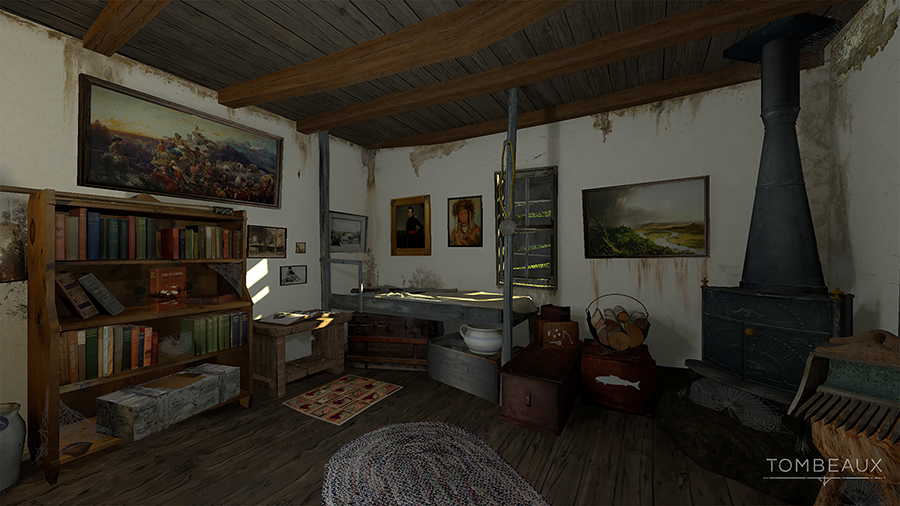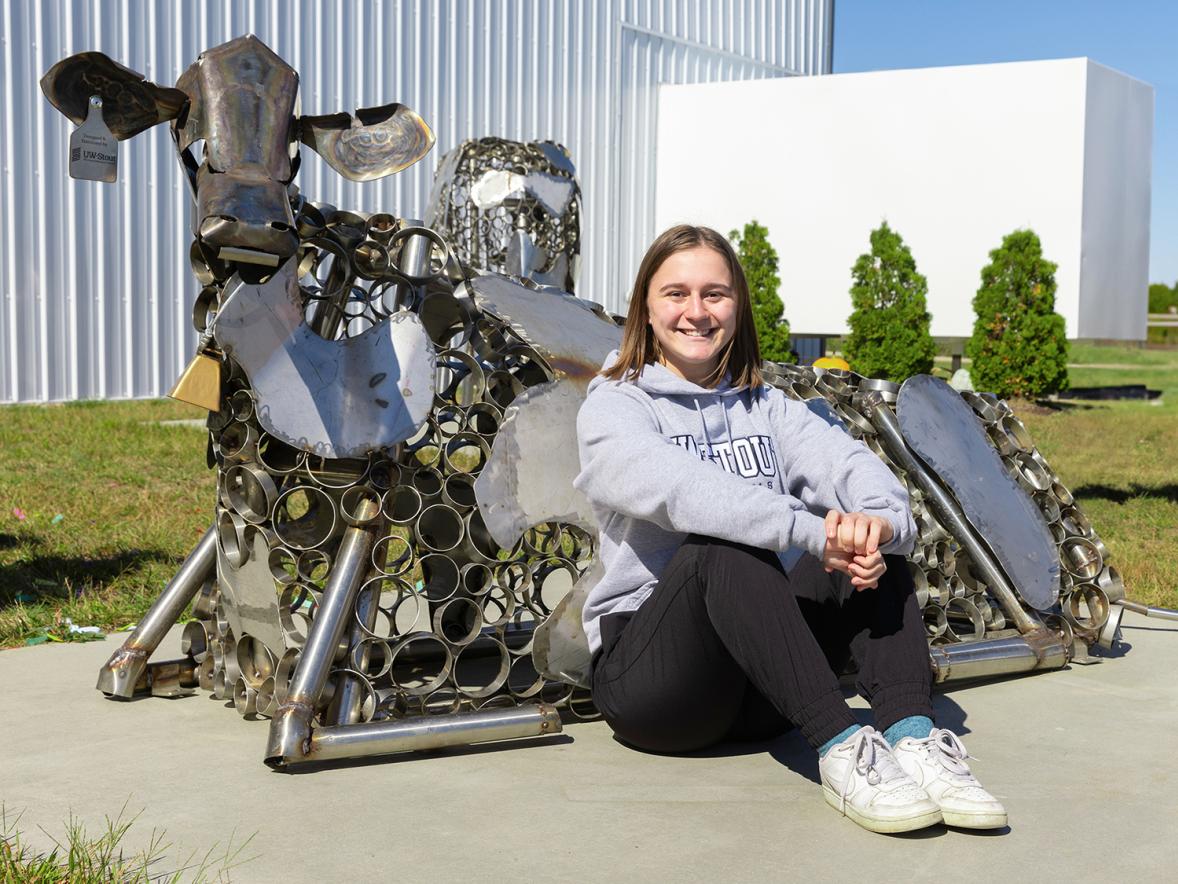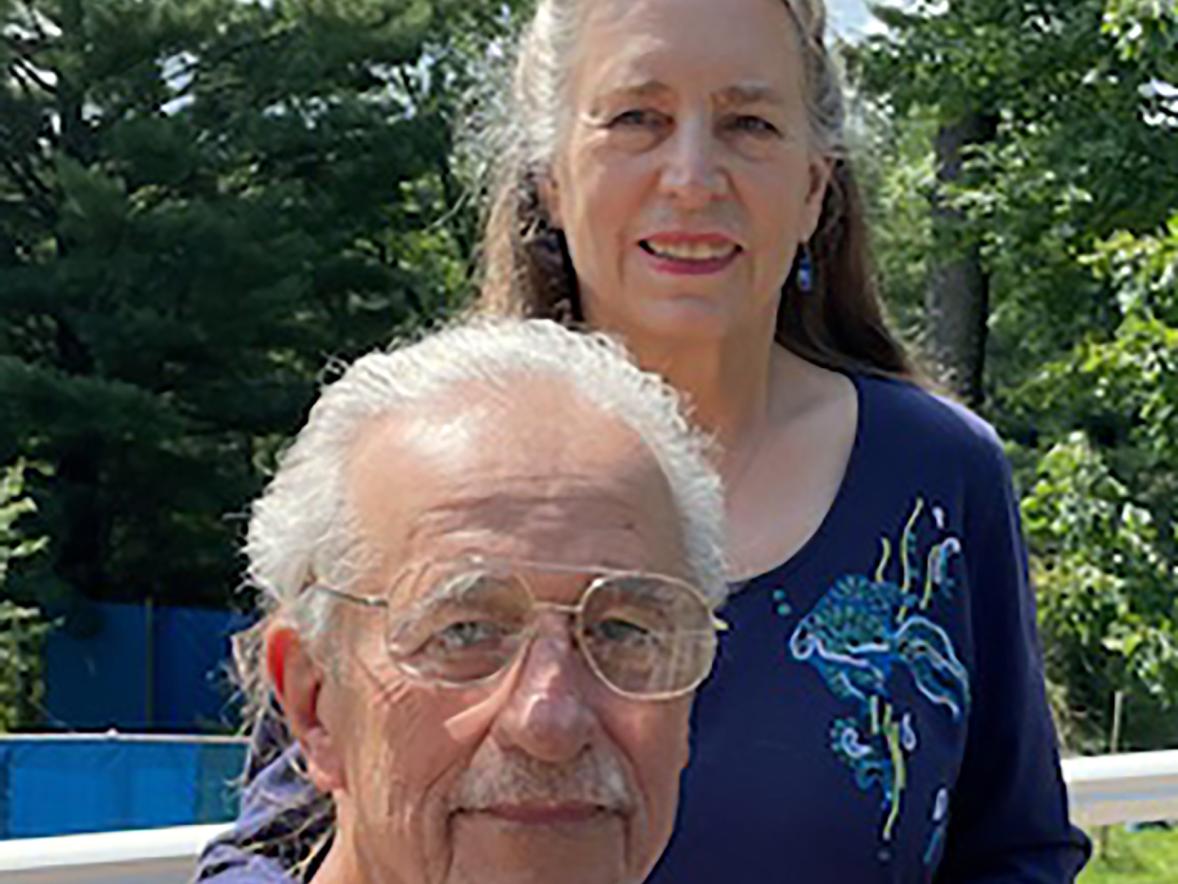An interactive video game experience about the St. Croix River that encompasses 300 years of regional history, coincides with a 50th anniversary and took four years to develop is ready for release.
Tombeaux, created by University of Wisconsin-Stout Associate Professor Dave Beck, will be unveiled at the Phipps Center for the Arts in Hudson. An exhibit opens Friday, Sept. 14, with an opening reception from 6 to 9 p.m. Admission to the reception and exhibit are free.
The exhibit is paired with a Heart of the River exhibit marking 50 years of federal protection of the river and a river photography exhibit. They run through Sunday, Oct. 21. The Phipps Center overlooks the St. Croix River.
The Tombeaux exhibit will include access to play the game, printed research images and 3D-printed objects that Beck modeled in the game.
Although Tombeaux is similar to a video game, Beck created it as an interactive historical experience, with players moving through five eras, ending in the future. A narrator guides the players, and 15 voice actors help re-create historical figures and icons.
Tombeaux means graves in French. Rivière Tombeaux, or river of the graves, was an original French name for the river.
 “Tombeaux encourages the player to take their time as they investigate and wander through its world. My hope is they will forget they are playing a game but instead experiencing an interactive, historical movie of sorts,” Beck said.
“Tombeaux encourages the player to take their time as they investigate and wander through its world. My hope is they will forget they are playing a game but instead experiencing an interactive, historical movie of sorts,” Beck said.
Tombeaux takes from 30 to 45 minutes to play, Beck said, but players can experience new aspects each time they play it. Players search for objects that activate historical characters’ voices.
“I hope that this will instill a sense of awe and intrigue in our history and our environment, first and foremost. This has evolved into a passion project that I’m not only proud of but excited to share with the world,” Beck said.
Beck is director of UW-Stout’s School of Art and Design and previously was director of UW-Stout’s game design and development Bachelor of Fine Arts program, one of the top-ranked programs in the U.S.

Associate Professor Andrew Williams, current director of the game program and a video game historian, has played Tombeaux and is impressed. "Tombeaux brings together the interactivity of video games with a critical look at history, the environment and human activity. Its poignant historical dialogue and evocative imagery create a meaningful experience that stays with the player long after completing the game."
This year is the 50th anniversary of the St. Croix National Scenic Riverway. President Lyndon B. Johnson signed the Wild and Scenic Rivers Act Oct. 2, 1968, providing federal protection and National Park Service management for the St. Croix and Namekagon rivers. The 169-mile-long St. Croix starts in Wisconsin at Upper St. Croix Lake in Solon Springs and empties into the Mississippi River at Prescott. It acts as a border between Wisconsin and Minnesota for about 125 miles.
The game can be downloaded at the website after Sept. 14 for a small fee. The proceeds will go to the St. Croix Watershed Research Station to support the Artist at Pine Needles Program and general research about the river.
Historically accurate
Working in his spare time and during summer art residencies, Beck started the project in 2014. He had residences at Homestead National Monument in Beatrice, Neb.; Kimmel Harding Nelson Center for the Arts in Nebraska City, Neb.; and Marine on St. Croix, along the St. Croix River.
His 2014 Pine Needles residency was at Marine on St. Croix, Minn., at the St. Croix Watershed Research Station owned and managed by the Science Museum of Minnesota. The experience inspired him to base the game on the St. Croix River. He lived for a month in a cabin on a cliff above the river — similar to the cabin in Tombeaux.
“I was essentially living in the real-life version of the future level of my video game,” he said.

In Nebraska, he photographed a replica homestead cabin, the one on Nebraska’s state quarter, and it became the model for the cabin in Tombeaux. Along with the cabin, nearly all aspects of the game are historically accurate, Beck said, citing hundreds of hours of research at the Minnesota Historical Society and other places.
Along with the narrator, Steve Alm of Menomonie, the 15 voice actors represent characters who include President Thomas Jefferson, lumber baron Frederick Weyerhaeuser, Ojibwe Chief Great Buffalo (Kechewaishe), Swedish immigrant homesteader Kristina Nillson and lumberjack James Johnston.
“The supporting characters are either actual figures from history or a representation of a figure one would find in that era,” Beck said in his project blog.
For example, there’s Oscar Knapp, captain of the steamboat G.B. Knapp in 1867. “My boat is usually a smart and lively little craft that can run like a scared owl over a dry sand bar, but this trip has struck us on bars a dozen times thus far,” Knapp says in Tombeaux.
Tombeaux is a “history mash-up,” or comparable in literary terms to creative nonfiction, Beck said.
In addition to the voice actors, many of whom are veteran thespians, Beck received programming support from former UW-Stout student Ben Malone and help with supplemental 3D modeling, website design and graphic design from other former students.
Beck also is associate dean of the College of Arts, Communications, Humanities and Social Sciences. He has art degrees from St. Olaf College and UW-Madison, including a Master of Fine Arts from Madison.
###
Photos
Dave Beck
Scenes from Tombeaux, an interactive historical video game experience created by Dave Beck, director of UW-Stout’s School of Art and Design.







